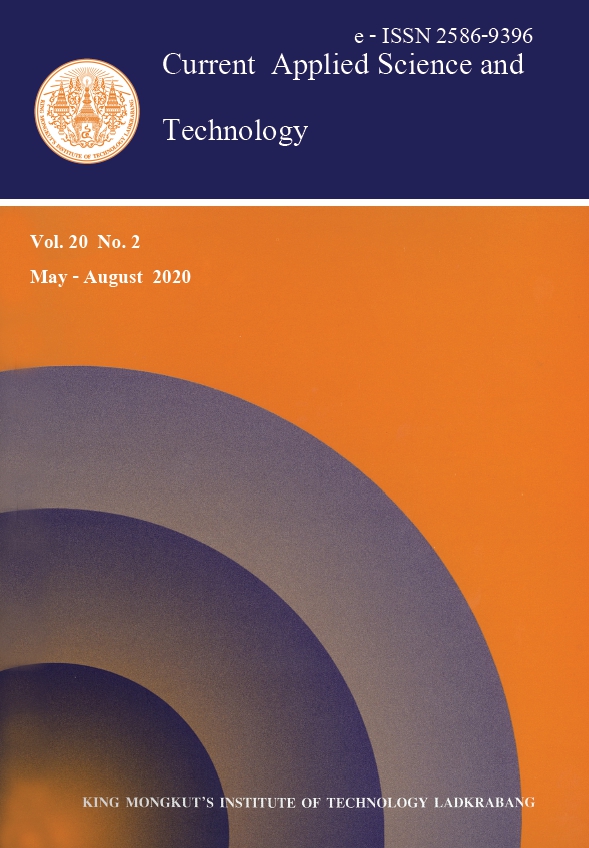Currently, one of the most serious environmental problems is water contamination by oil spills.
The use of sorbents is considered one of the most promising approaches to treat this problem. In this study, polyurethane foam (PUF) was used as basal body material and chitin was used as a filler to decrease the cost of the sorbent (PPU10M). The technological parameters of the synthesis process and a heat resistance of the new sorbent were investigated .Three oil-water phases: distilled water, artificial seawater, and artificial river water were tested on the oil adsorption capacity of PPU10M in the ranges of contact time from 5 to 120 min. The results showed that PPU10M had high heat resistance, up to 300оC and it only lost 5% of the mass. There was not much of the synthesis process between the combined sorbent and the primitive PUF. At the same time, the PPU10M reached the high oil adsorption capacity in all three oil-water phases; oil adsorption capacity reached 13.78 g‧g-1 distilled water; 14.96 g‧g-1 artificial seawater and 14.46 g‧g-1 artificial river water. The removal percentage obtained was about 55-59% The study on adsorption kinetic of crude oil for adsorbent PPU10M showed that the pseudo-second-order model was best suitable for the crude oil adsorption process with the correlation coefficient R2 = 0.998. The combined sorbent can be used up to 15 cycles while the oil capacity did not change significantly. The amount of regenerated oil reached up to 98%. Therefore, it showed that PPU10M was a potential oil adsorbent with many advantages for the removal process of oil pollution from water.
Keywords: adsorbent; adsorption capacity; chitin; oil spills; polyurethane foam
*Corresponding author: Tel.: +7 96 25 49 47 56
E-mail: tydtrang@gmail.com
Trang*, T. Y. undefined. D. undefined. ., & Andreevna, Z. L. undefined. . (2020). Effective Treatment of Oil Spills by Adsorbent Formed from Chitin and Polyurethane Foam. CURRENT APPLIED SCIENCE AND TECHNOLOGY, 321-333.
